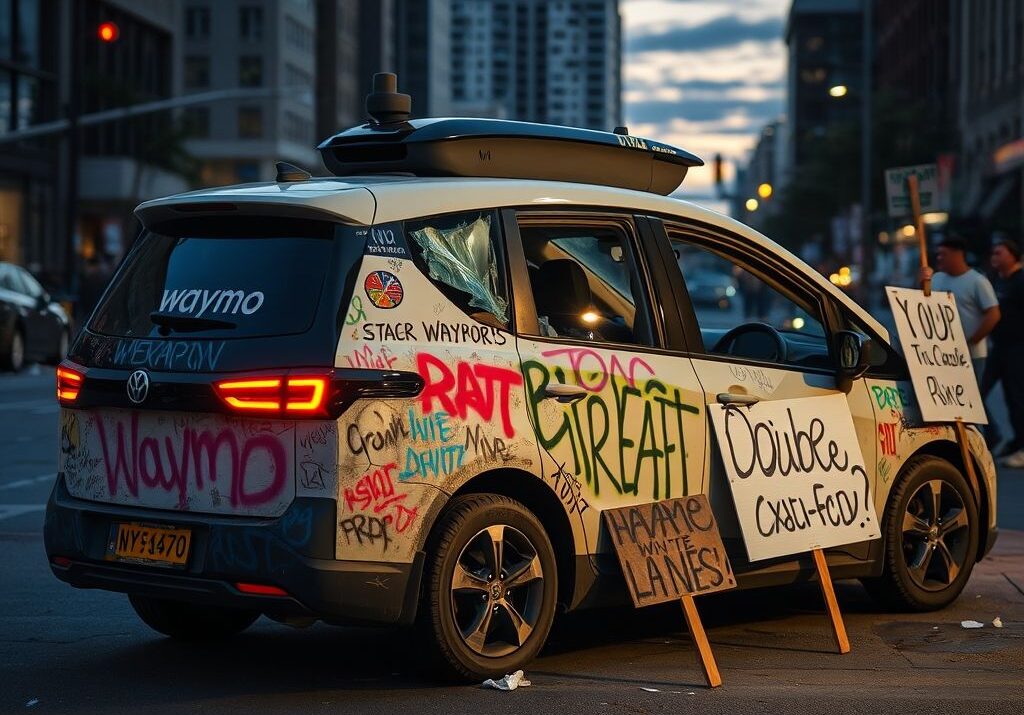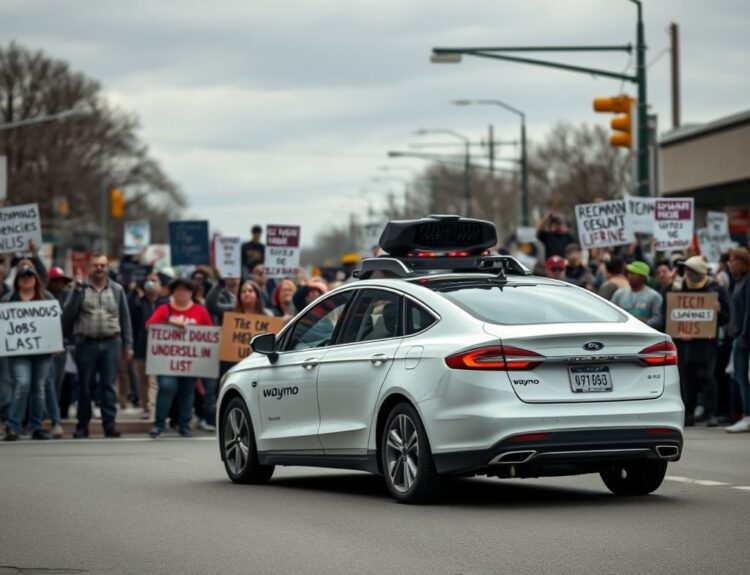Ever wonder what happens when autonomous vehicles meet real-world social movements? I stumbled across an interesting piece in TechCrunch today about Waymo, Alphabet’s robotaxi company, and their decision to scale back operations. Apparently, they’re limiting their service due to the nationwide “No Kings” protests happening today, Saturday, June 15, 2025, against President Trump’s policies.
It really makes you think about how even cutting-edge tech is impacted by, and has to react to, the pulse of society. It’s not just about algorithms and sensors; it’s about navigating complex social landscapes.
Why the pause? Well, it’s likely a mix of factors. Safety is probably the biggest concern. Unpredictable crowds and potential for unrest could put Waymo vehicles, their passengers, and the public at risk. Think about it: automated cars rely on predictable environments. Protests, by nature, aren’t exactly predictable.
Plus, Waymo probably considered the optics. Sending driverless cars through protest zones could be seen as insensitive or even antagonistic, especially given the charged political climate.
The bigger picture here is how autonomous vehicle companies will navigate similar situations in the future. As these technologies become more integrated into our lives, they’ll need to be more adaptable and responsive to social dynamics.
5 Key Takeaways:
- Real-World Impact: Even advanced tech like robotaxis isn’t immune to the influence of social and political events.
- Safety First: Waymo’s decision likely prioritizes the safety of passengers, vehicles, and the public. According to the National Highway Traffic Safety Administration (NHTSA), “safety is the top priority” when it comes to regulating automated vehicles.
- Public Perception Matters: Companies need to be mindful of how their actions are perceived during times of social unrest.
- Adaptability is Key: Autonomous vehicle companies will need to develop strategies for operating in unpredictable environments.
- A Glimpse into the Future: This situation highlights the challenges and complexities of integrating autonomous vehicles into society. A Brookings Institute report notes that “the deployment of autonomous vehicles will require careful consideration of social equity and potential impacts on vulnerable populations.”
Frequently Asked Questions (FAQs)
1. What are the “No Kings” protests about?
The “No Kings” protests are nationwide demonstrations against President Donald Trump and his policies.
2. Why is Waymo limiting its service?
Waymo is limiting its service due to concerns about safety and potential unrest during the protests.
3. How does this affect Waymo users?
Waymo users in affected areas may experience limited availability or temporary suspension of service.
4. Is this a common occurrence for Waymo?
It’s not common for Waymo to limit service due to protests, but it highlights the challenges of operating autonomous vehicles in unpredictable environments.
5. What are the potential risks of robotaxis operating during protests?
Potential risks include vehicle damage, passenger safety concerns, and traffic disruptions.
6. How do autonomous vehicles handle unpredictable situations?
Autonomous vehicles rely on sensors and algorithms to navigate their environment, but unpredictable situations like protests can pose challenges.
7. What other factors might Waymo consider when making this decision?
Waymo likely considered public perception, potential legal liabilities, and the overall impact on their brand image.
8. Will other autonomous vehicle companies follow suit?
It’s possible that other autonomous vehicle companies will also adjust their operations based on the protests.
9. How will this impact the future of autonomous vehicle services?
This situation underscores the need for autonomous vehicle companies to develop strategies for operating in complex social and political environments.
10. Where can I find more information about the “No Kings” protests?
You can find more information about the protests through reputable news sources like the Associated Press, Reuters, and major news outlets.








